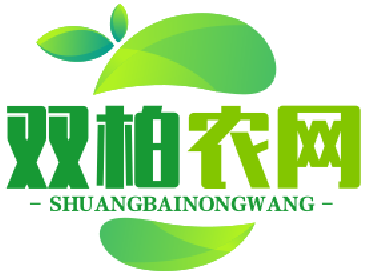Aquaculture, the farming of aquatic organisms such as fish, crustaceans, mollusks, and aquatic plants, plays a crucial role in global food security. With wild fish stocks under increasing pressure from overfishing and climate change, aquaculture has become the fastest-growing food production sector. This article explores the latest trends, technologies, and data in aquaculture, providing valuable insights for industry professionals and enthusiasts.
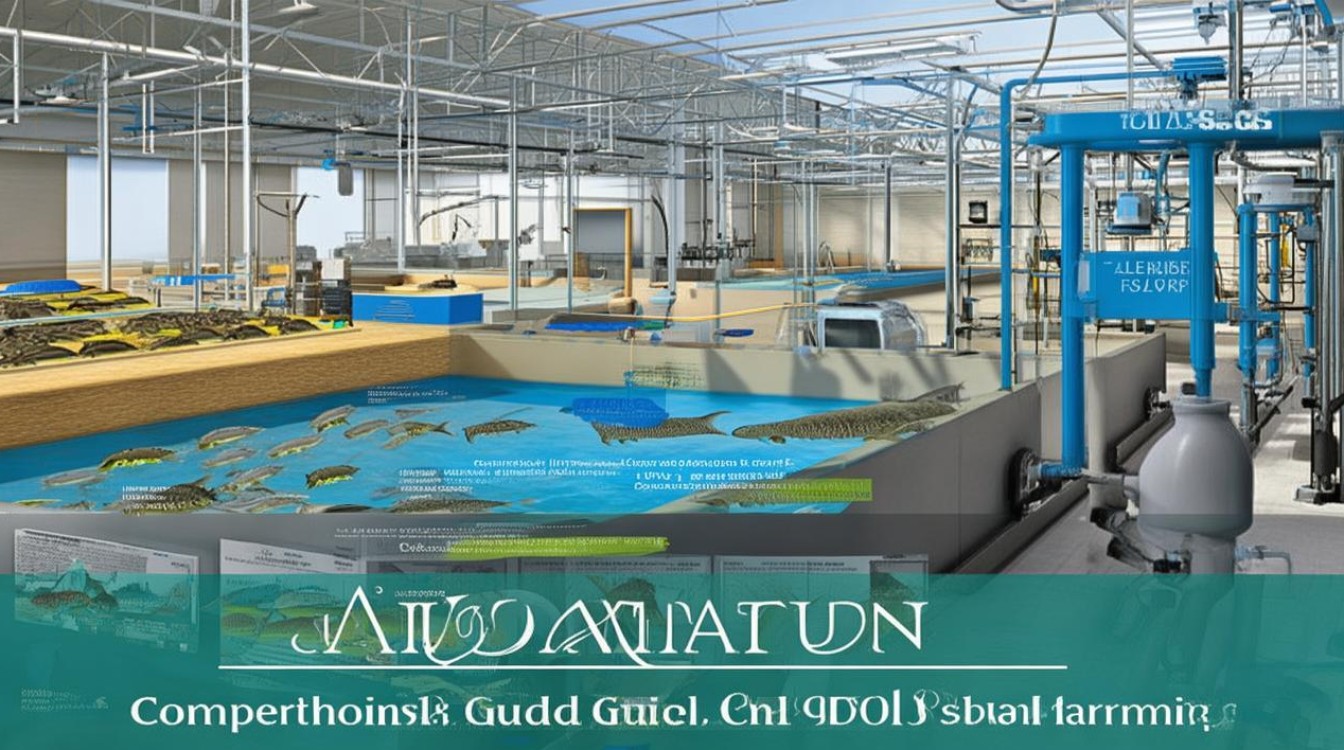
The Global Importance of Aquaculture
Aquaculture now supplies more than half of the world’s seafood for human consumption. According to the Food and Agriculture Organization (FAO), global aquaculture production reached 5 million tonnes in 2022, with an estimated value of $264 billion. Asia dominates the industry, contributing 89% of total production, with China alone accounting for 57%.
Top Aquaculture-Producing Countries (2022)
| Rank | Country | Production (Million Tonnes) | Share of Global Production (%) |
|---|---|---|---|
| 1 | China | 8 | 57% |
| 2 | Indonesia | 2 | 7% |
| 3 | India | 7 | 5% |
| 4 | Vietnam | 5 | 1% |
| 5 | Bangladesh | 6 | 3% |
Source: FAO (2023) – "The State of World Fisheries and Aquaculture"
Key Aquaculture Systems
Different aquaculture systems are used depending on species, environment, and economic factors:
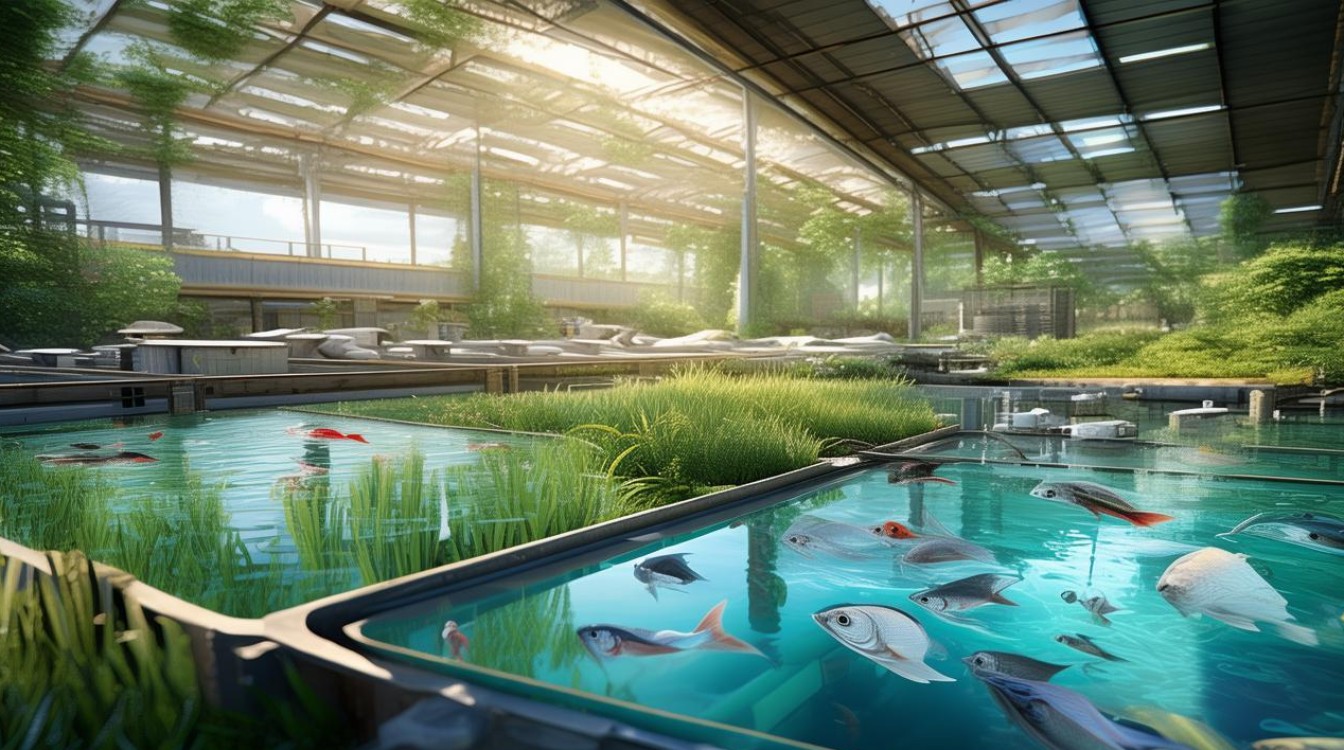
- Pond Culture – Traditional method for freshwater species like tilapia and carp.
- Cage Farming – Used in lakes, rivers, or coastal waters for species like salmon and seabass.
- Recirculating Aquaculture Systems (RAS) – High-tech, land-based systems with water filtration.
- Integrated Multi-Trophic Aquaculture (IMTA) – Combines fish farming with shellfish and seaweed to reduce waste.
Emerging Trends in Aquaculture
Sustainable Feed Alternatives
With fishmeal prices rising, companies are turning to insect-based feeds (e.g., black soldier fly larvae) and microbial proteins to reduce reliance on wild-caught fish for feed.
AI and Automation
Smart sensors monitor water quality, feeding efficiency, and fish health in real time. Companies like AquaCon and XpertSea use AI to optimize growth rates.
Offshore Aquaculture
Floating deep-water farms reduce coastal pollution. Norway’s Ocean Farm 1 is a fully automated offshore salmon farm.
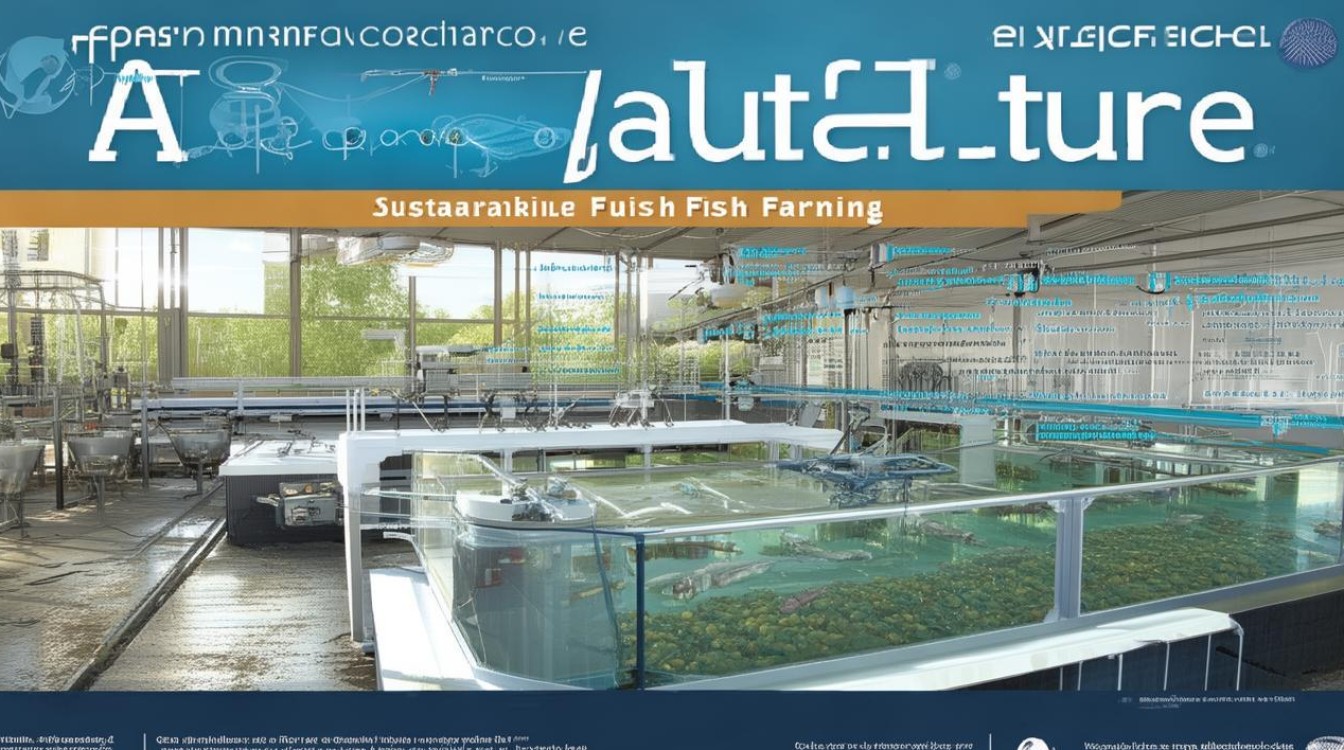
Genetic Improvements
Selective breeding and gene editing (e.g., CRISPR) enhance disease resistance and growth rates.
Challenges in Aquaculture
Despite growth, the industry faces obstacles:
- Disease outbreaks (e.g., Early Mortality Syndrome in shrimp)
- Environmental concerns (eutrophication, antibiotic use)
- Regulatory hurdles in expanding offshore farming
The Future of Aquaculture
With the global population expected to reach 7 billion by 2050, aquaculture must scale sustainably. Innovations in algae-based feeds, closed-containment systems, and blockchain traceability are shaping the future.
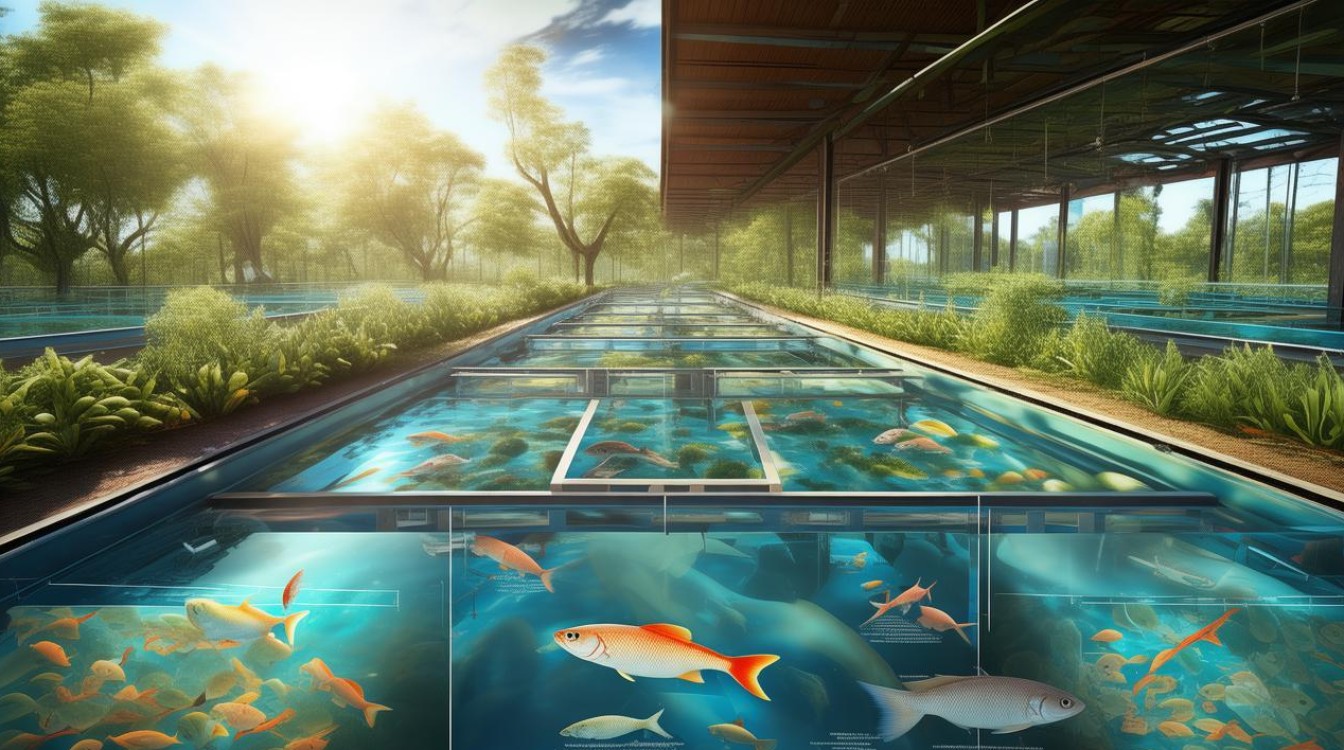
For industry professionals, staying updated on best practices and technological advancements is essential. As consumer demand for responsibly farmed seafood grows, aquaculture will remain a cornerstone of food production.
